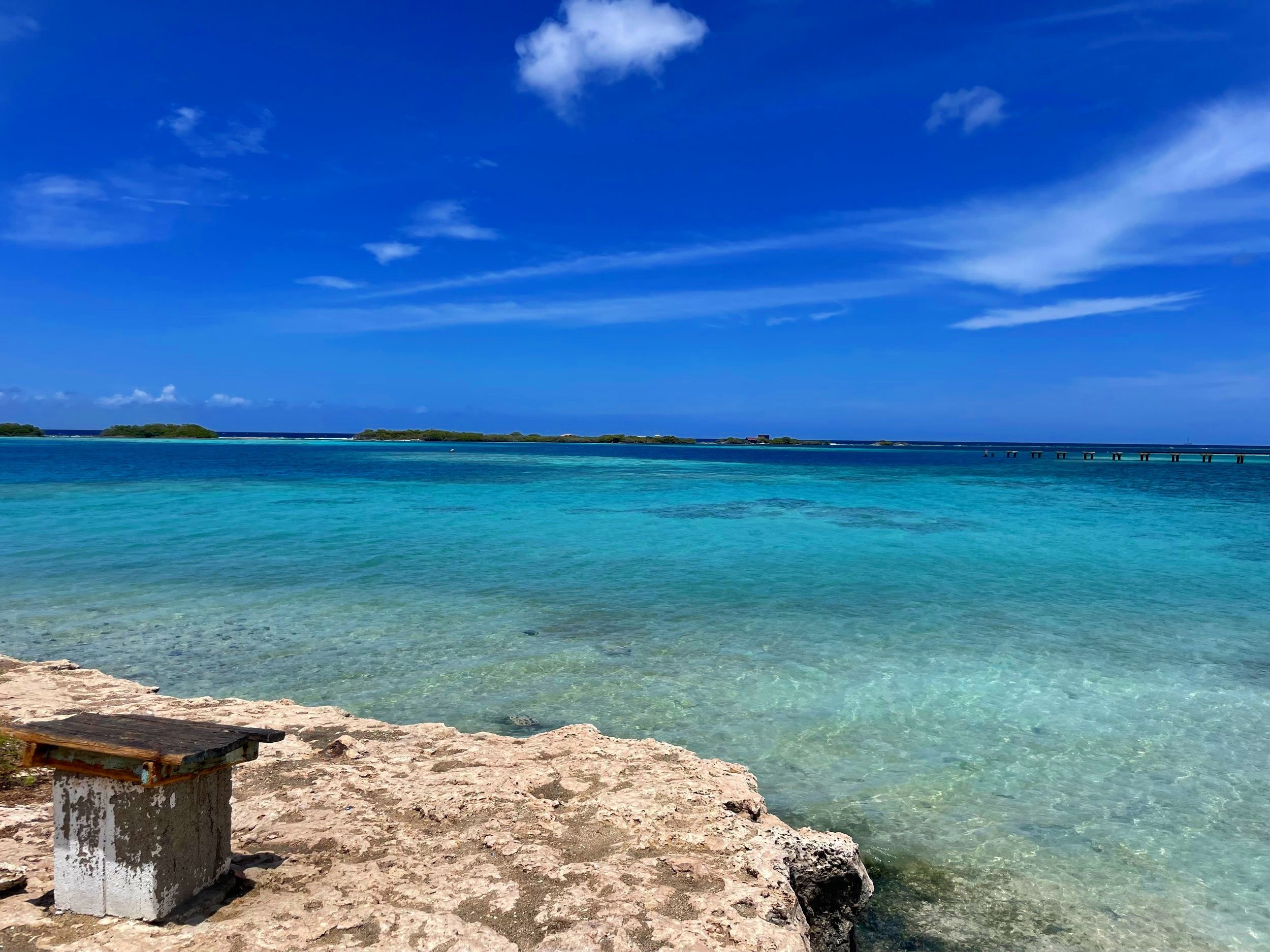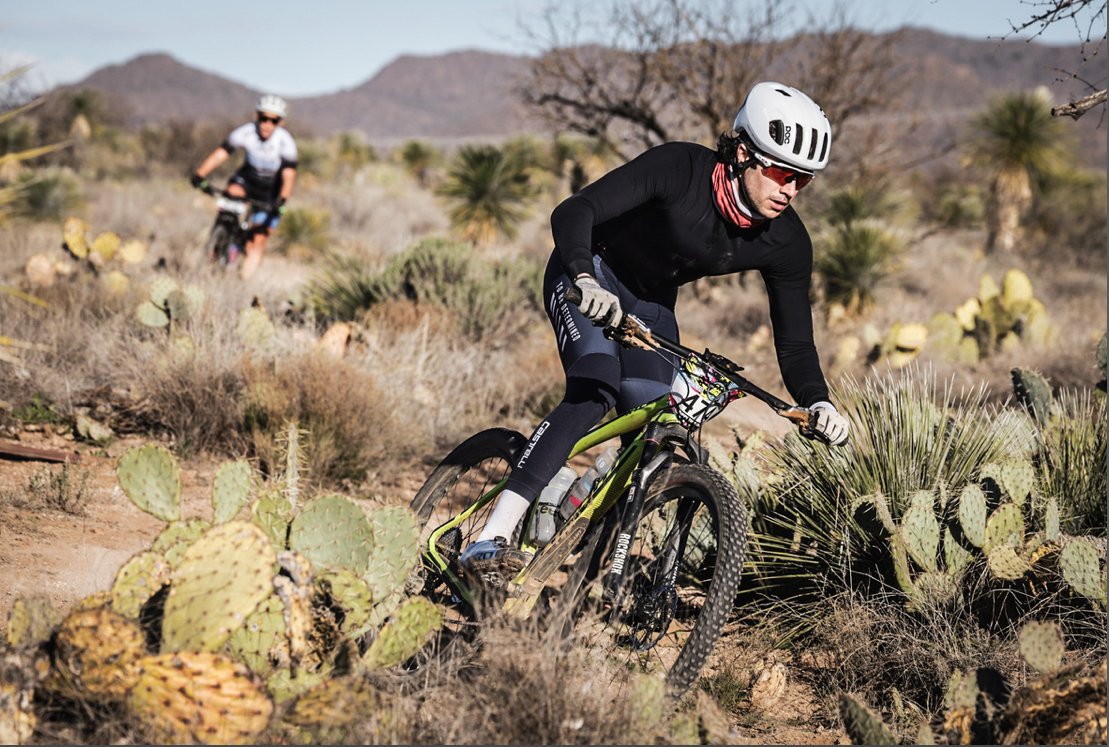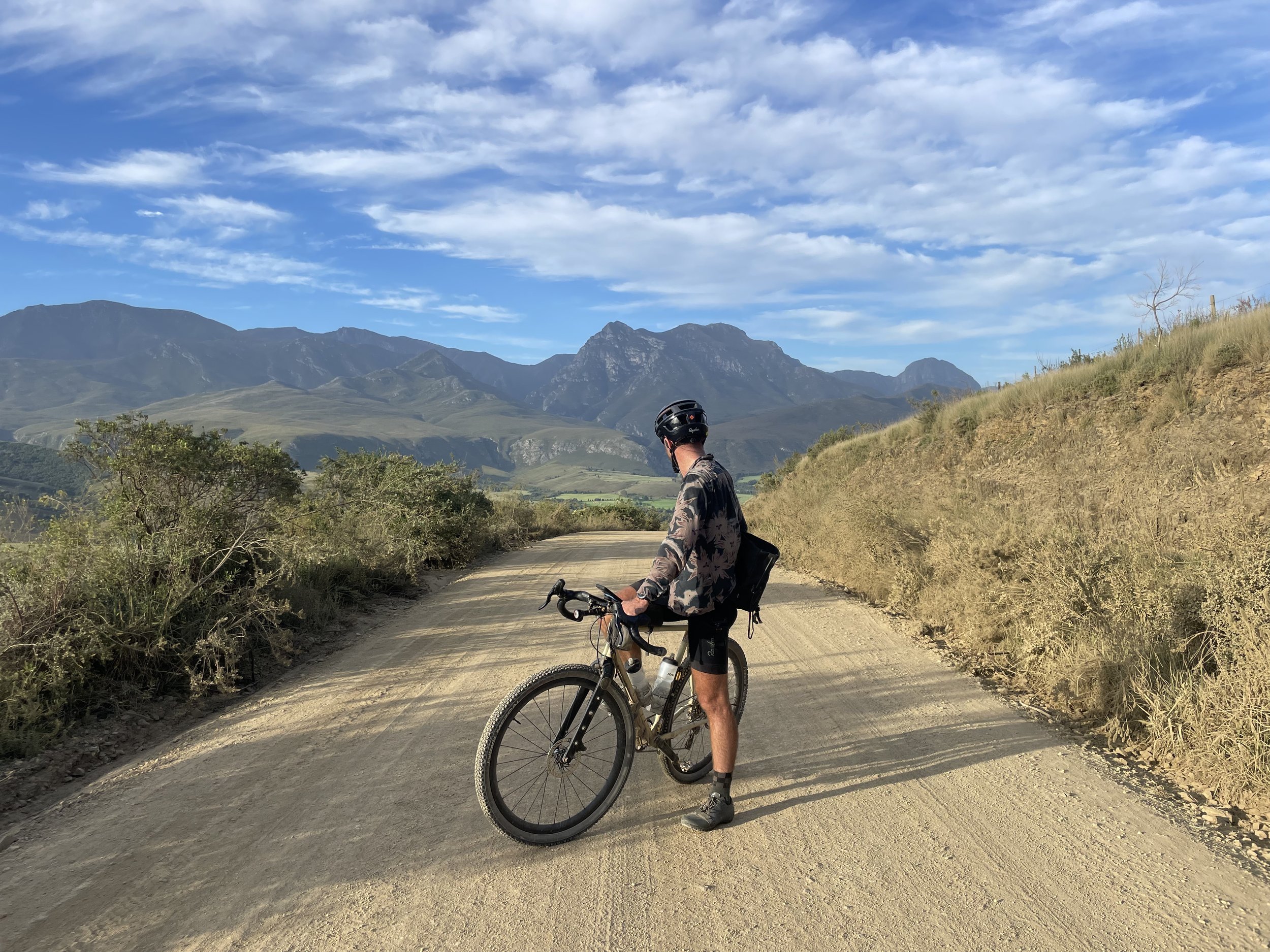Riding the Dutch Polder
I swear I didn’t fall in love with a Dutchman because bicycles were my first love. But I won’t deny that it has its benefits.
When Mark, his daughter, Mila, and I planned our summer trip to his homeland, the polder of the Northeastern corner of The Netherlands, his Dutchy-ness meant that he didn’t protest when I said that I wanted to bring my bike. It also meant that I got to experience a whole new level of bike riding.
For those who don’t know -- and I didn’t know, which is surprising considering I grew up in Louisiana -- “polder” is a low lying area protected from surrounding water bodies by dikes. What does this mean for riding bikes?
Flat.
Flat means you can see the weather changing from miles away.
Although I don’t love climbing, I went into the trip expecting some boring-ass riding. Seriously, how interesting could dead-flat riding actually be?
As it turns out, it’s truly marvelous.
In between family time, friend time, visiting cheese farms, and stuffing my face with pannenkoek, I managed to get in five amazing rides around Nieuw Beerta, The Netherlands. I took away a great appreciation for well-planned infrastructure and a culture that embraces cycling, as well as a better understanding of why riders like Marianne Vos, Annemiek van Vleuten, Chantal Blaak, and Ellen van Dijk are who they are. In looking back on what makes it all so great, I was able to boil it down to five main highlights:
1. It’s impossible to get lost
On my first ride, Mark enthusiastically mapped out a 60ish mile route to show me the area highlights, including a walled town and castle surrounded by a moat (!!). About 30 miles in, however, my trusty Garmin directed me to take a right turn into...a hayfield.
Turn right!
Hrm. I wasn’t entirely sure what I should do. Too hard-headed to turn back around and ride back the way I had come (too easy) (also, boring), I started to wander around thinking that if I just headed in the general direction of where I was supposed to go, my Garmin would eventually pick up my planned route again. No dice!
I felt a little bit stupid. I had no cell service, no Garmin basemap, no ability to speak Dutch (aside from being able to demand butter and chocolate sprinkles on my toast), but also there was no one around so even if I could speak Dutch it wouldn’t have helped, and NO CLUE where I was.
You're not lost. You're at knoopunt 18. Duh.
But!! I wasn’t lost! After enough wandering, including a little off-roading through a random stretch of woods, I found myself staring at a cycling path map. To get back to Mark’s house, I would need to make it to knooppunt (lol what) 25. I memorized all the numbered points along the way, and slowly started making my way back. Frequent signposts along dedicated bike paths, paired with reassurance by even more maps, gave me the confidence and direction I needed. Who needs a Garmin when you have a planned network of cycling paths and real maps?
Follow the signs!
I finally made my way back home. After being a little bit salty at Mark for his flawed turn-by-turn directions, I got over it and realized it was actually super fun to navigate via the local systems. I did, however, miss the moated town. (We went later by car!)
We made it to the moated town! (there were bikes there)
2. It’s safe and no one hates you for being on your bike
Polder roads are super quiet. Although narrow, there are hardly any other cars on them. And, when you do see cars, they aren’t barreling down on you, angry, going too fast, or trying to run you off the road. In fact, drivers don’t think twice about the fact that they have to share the road with cyclists.
Case in point: One day I was out riding with Mark’s brother, Arne. Early in our ride, a car came up behind us. I instinctively moved closer to Arne. The next time, a car passed, I tucked behind him to ride in single file. Finally, he exclaimed “WHAT ARE YOU DOING?!?!?” “uhhhh getting out of the way so no one gets mad and runs me off the road?”
HA! Not necessary. Arne explained that cars simply don’t mind that there are bikes on the road. And, he was right. For the rest of the ride, I happily road next to him, hugging the entire lane. Cars either went around us or waited until we turned. No honking. No aggression. No near-death experiences. Imagine that!
"Fietspad" is my favorite Dutch word. (After "hagelslag," obviously).
3. Making room for cycling is not an afterthought
Of course everyone knows that cycling is a huge part of Dutch culture. But, I was most amazed at how the built environment is structured to give subtle (and some not so subtle) messages that cycling is awesome, welcome, and encouraged. For example, even the smallest towns have road-calming features, so drivers are forced to slow down and accommodate other road users.
Hey asshole, don't drive so fast.
In addition, many roads have separated cycling paths. Even the sleepy roads have cycling paths! And, the paths weren’t an afterthought. The big trees surrounding the paths and the roads tell you that the cycling path was a part of the plan since day one. And, the cycling paths are used! So many Dutchies were out running errands -- even in the sparsely populated and spread-out polder -- on their bikes! I even saw one dude carting his cane on his bike!!! Especially in the evenings, couples on their beautiful bikes sprinkle the cycling paths. Mark explained that it’s typical for the Dutch to take a short spin after dinner and before bed. What a lovely way to end the day.
Needs a cane to walk, but riding ain't no thang.
4. The wind is super gnarly.
Mark often jokes that there’s no need for hills in The Netherlands because you get all your climbing done when the wind blows. And he wasn’t kidding. The wind is nothing short of epic. Although I’m too proud to say that I maybe could have left my 303s at home (would you believe me if I told you I was too lazy to change my brake pads?), I did have a fine opportunity to work on my handling skills in light of all that wind and those silly rims. The crazy part is that you can see the weather changing from miles away; when it’s about to rain or the wind is coming you can SEE it coming! And, the straight, dead flat roads make it such that the wind direction changes DRAMATICALLY when you turn down a different road. When you’re out there all alone with no obstructions or turns in the road, you really feel like you’re inside the weather system.
5. The roads are simply delicious
The straight and flat roads lend themselves to a magnificent cycling rhythm. Without having to dodge cars, navigate insane intersections, or climb screwball hills, I was able to just ride my bike. Focusing only on the rotation of the pedals, the sound of the semi-porous pavement rolling under my tires, the weight of my hands resting on the handlebars, and the wind blowing (ideally at my back), I entered a beautiful, quiet, and peaceful place. The sky feels so big in the polder, and the flat landscape stretches for miles and miles. Alone with my bike and only the billowy clouds above me, I felt like I was on a tiny raft in the middle of the ocean. I really can’t think of any other riding that I’ve done that felt so serene.
Damn I can’t wait to go back.
Marvelous.






































After a hard day at the Little Sugar MTB 100k, Greg makes the most of a few rest days in Bentonville before racing Big Sugar Gravel.